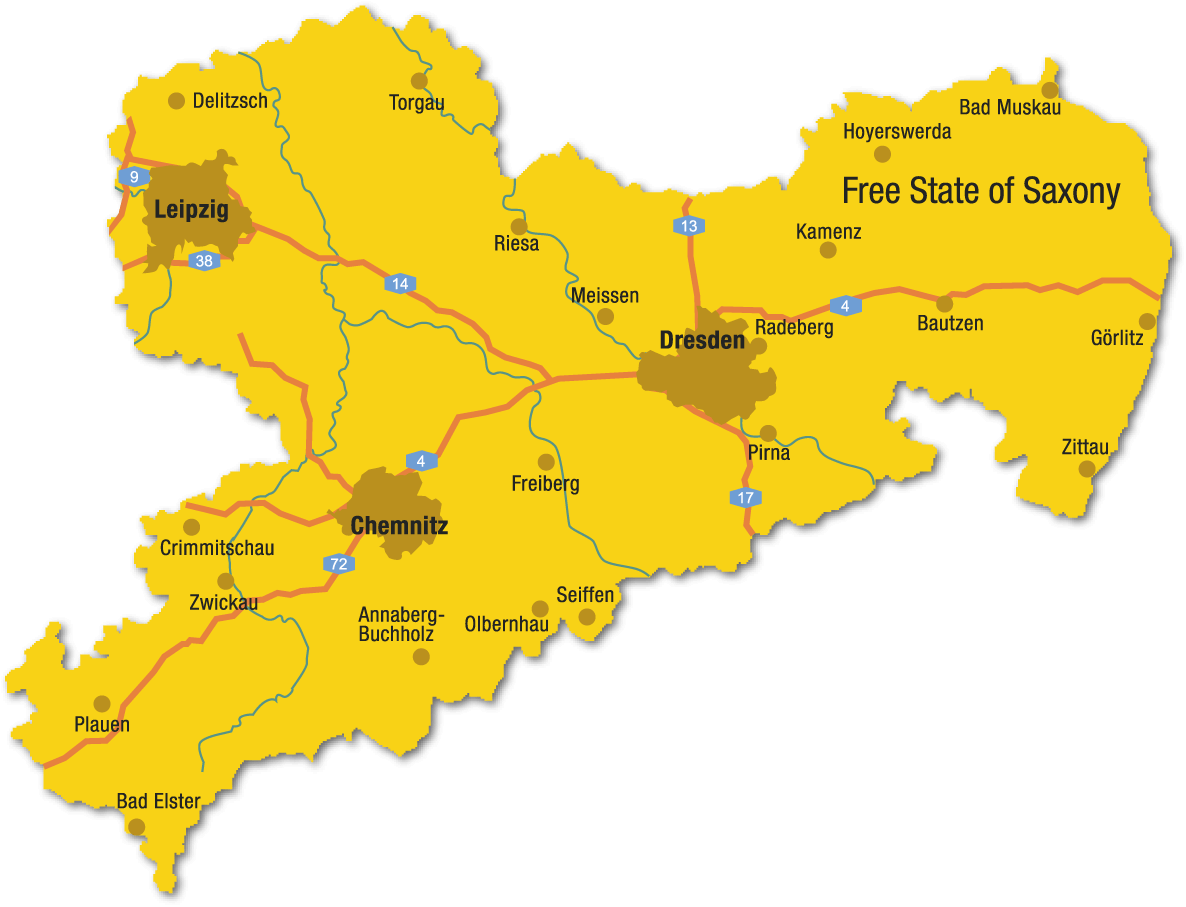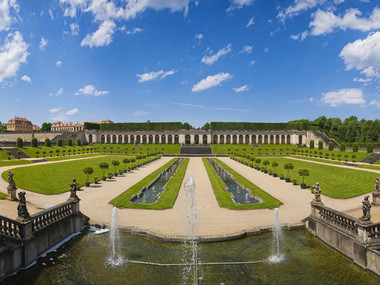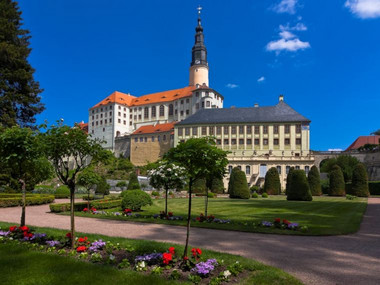Stolpen lies in the border zone between the Lusatian granite massif and the Elbe River sandstone mountains. In the geological era of the Tertiary, a volcanic chimney broke through the granite and formed a giant basalt cap of distinctive columns mainly pentagonal and hexagonal. The Stolpen basalt is a natural geological monument of outstanding importance. It characterizes both the outer appearance of the castle and many buildings in the town, where it was used as building material. A fortified system completely made of basalt, such as Stolpen is an architectural rarity. The local columnal basalt counts among the most well-known volcanic rock deposits in the Saxon-Bohemian region.
Basalt is an extremely hard, tough and black natural rock which emerged in Stolpen 25 million years ago. In that time, the Saxon-Bohemian region was one of the geologically most active areas in Europe. Beneath today’s Stolpen, a pipe formed thanks to a crack in the earth’s crust, through which ashes, slack and lava were lifted up to the earth’s surface. They formed a several hundred-meter-high eruption cone. It formed a »lid« that could not be penetrated by the basalt magma following. It got stuck and slowly cooled down in the pipe shaft, whereby the characteristic columns formed.
The term »basalt« was first coined in 1546 by the famous Saxon scholar and founder of modern mining engineering, Gregorius Agricola. Thus, the Stolpen castle hill is the type locality of all basalts worldwide. The »basalt pipe shaft of the castle hill of Stolpen« was awarded in 2006 by the Hannover Academy of Geological Sciences the title »National Geotope« and participated quite successfully in 2012 in the voting of the Heinz Sielmann Foundation Duderstadt for Germany’s »most beautiful natural wonder«.
The history and research of the (Stolpen) basalt is illustrated and documented in the castle cellar underneath the Princes’ House in the fourth castle yard in the permanent exhibition called »The Basalt is a Saxon«.
See here for more information on the entire topic of "Stolpen Basalt".
The deep well in the basalt
The well at Stolpen Castle of its depth of more than 84 meters is the deepest well on Earth ever driven into basalt and left in natural stone (unsupported), which also holds its water in basalt. In order to secure independent water supply in the event of a siege, Saxon Elector Cristian II decreed the driving of a well. Until the beginning of the 16th century, the castle had gained its water from rainwater cisterns only or from farmers having to do compulsory labor to supply the castle hill with water taken from brooks in the vicinity and dragged up to the castle. From 1563, a water pump system, which is regarded a technical masterpiece, supplied the castle with fresh water.
It took four Saxon miners from Berggiesshuebel 24 years to complete the impressive construction in 1632. By using traditional tools, such as the mallet and irons and the technique of rock-roasting, they advanced 3 to 4 meters a year on average, i.e., 1 to 1.5 cm per workday. The water was pumped up by means of a treadwheel. Soon after its completion, in 1632, the well had to justify its existence. When, during the Thirty Years’ War, imperial Croats attacked Stolpen, water for extinguishing the fires was taken from the well, also for the supply of the Stolpen population that had found refuge at the castle and successfully helped to defend it against the attackers.
When the Seven Years’ War broke out in 1756 and during the ear of the Napoleonic times around 1813, which was fateful for Stolpen, the well was partly backfilled. It was cleared again in 1883/1884. After uncovering a woman that had committed suicide in 1933, the well was covered by a crate. Every year, on occasion of the Castle Yard Festival, Stolpen well water is pulled up, as it used to be done in the old times.




